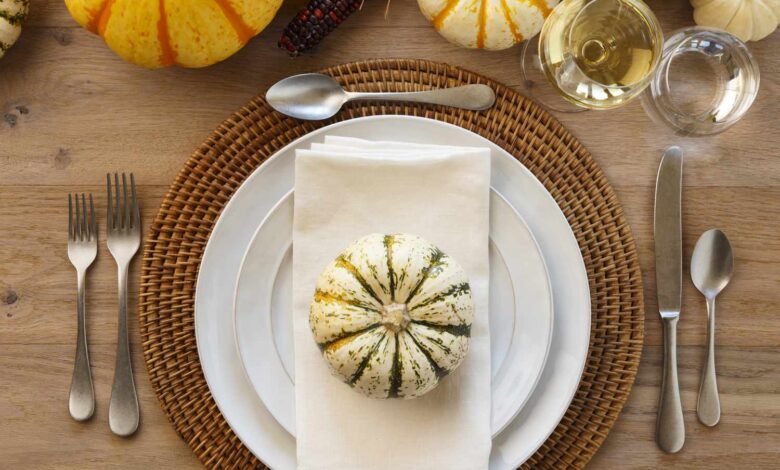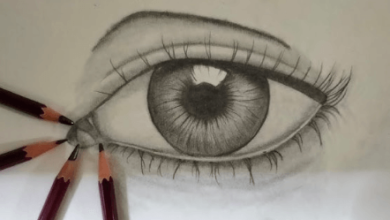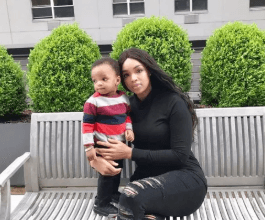HOW TO SET A TABLE FOR YOUR RESTAURANT DINING

You may learn the best methods to arrange your table for various circumstances by consulting our guide on how to set the table. In the following sections, we’ll review some general guidelines for putting silverware on the table, particularly for basic, casual, and formal table settings. Enjoy watching our films, which will teach you how to prepare your restaurants table.
1. BASIC TABLE
The primary table arrangement includes the tools required for a typical meal. Choose a simple table setting for a memorable brunch or a regular supper.
A charger plate, a knife and fork, a water glass and a serviette are required to arrange a simple table. This simple table setup has no hidden extras; follow the fundamental guidelines above!
Since serving dessert is not usually expected, simple table settings frequently do not include dessert cutlery. If you are not drinking wine, a wine glass is optional. However, a friendly brunch setting may include a champagne flute for Bucks fizz!
2. CASUAL TABLE
The simple restaurant tables setup is becoming increasingly common at formal gatherings like weddings and dinner parties at home. It adds a unique touch without coming across as stuffy or restricted.
You will need a knife and fork for the beginning and the main dish, or a soup spoon if this is the starter, to arrange your casual table. A spoon and dessert fork should also be positioned horizontally above the container. Glassware will vary depending on what you are serving, but typically, a water glass and a wine glass should be placed in the upper right corner of the plate above the knife. You can arrange the napkins to the left or in the center of the table setting.
A relaxed dining setting is a fantastic location to experiment with various styles. Water, wine, and champagne glasses may be required for each guest, but you may mix and match the designs and hues to make them your own. Charger plates are another fantastic method to express your creativity; if you’re looking for a rustic aesthetic, you could also use a piece of curved wood, a placemat, or a portion of mirror glass instead of a plate.
3. FORMAL TABLE
The standard table setup is frequently utilized in old-fashioned fancy dining establishments. However, a more recent practice is replacing the utensils used for each meal with new ones and removing the plates and silverware between courses. When more than three courses or more complicated meals are served at home, the formal approach is most frequently utilized.
The fundamental distinction is the diversity of meals at the formal table, which necessitates various utensils, plates, and glasses to go with them. A tablecloth is commonly used for formal dining. However, it is optional and is usually found in more traditional restaurants.
Start with your menu and decide what your guests will require before you arrange your formal table. Do you provide soup? A soup spoon and sometimes a bread plate are required. Following the broad guidelines outlined above is possible after determining what has to be spelled forth. Remember that soup spoons go on the right alongside the knives, and forks go on the left. This should be placed in the upper-left corner of a bread plate setup. Remember to tip your blade diagonally downward so that no visitors perceive it as dangerous! Your dessert fork and spoon should be placed above the dish with the handle facing up.





